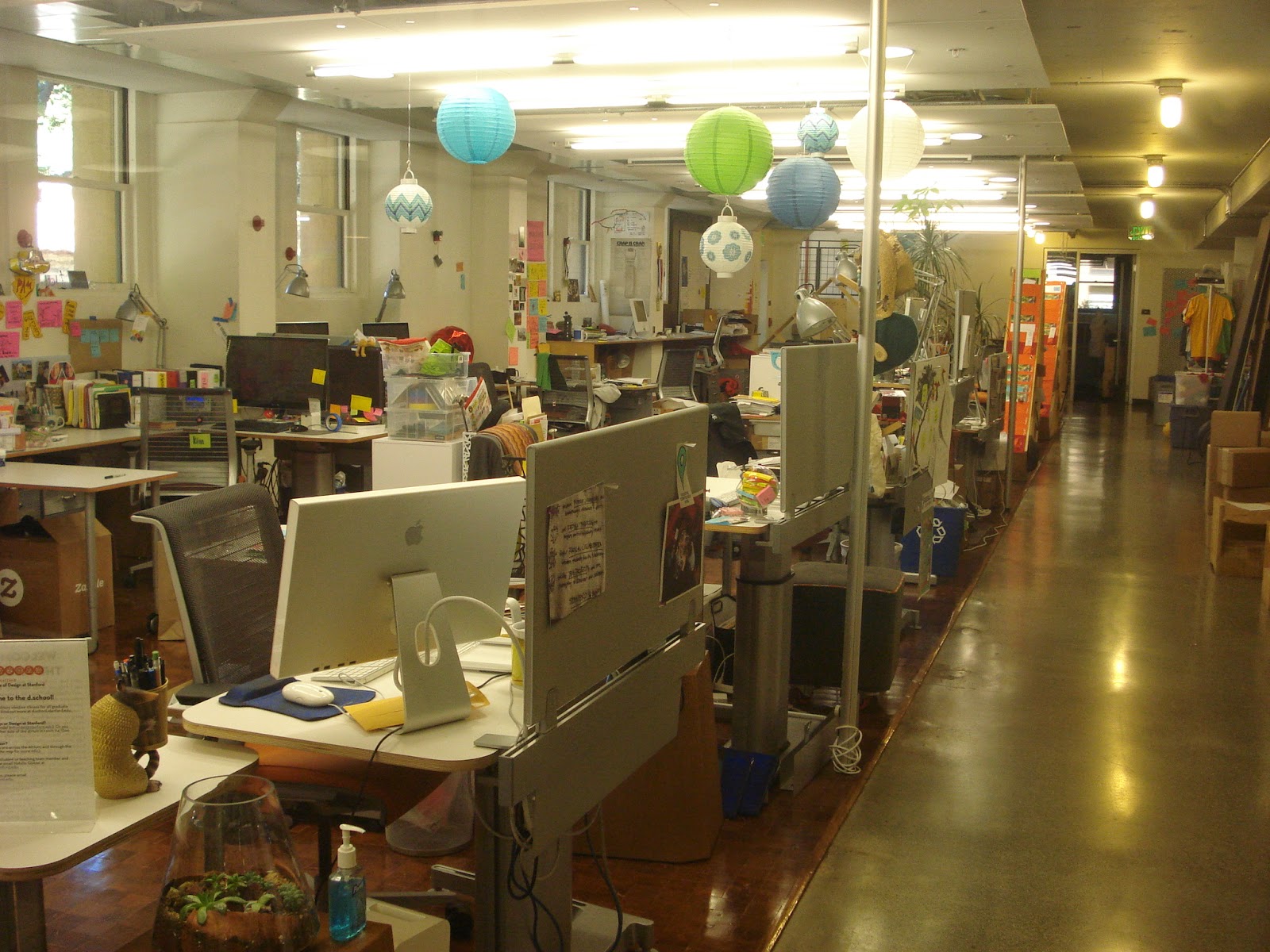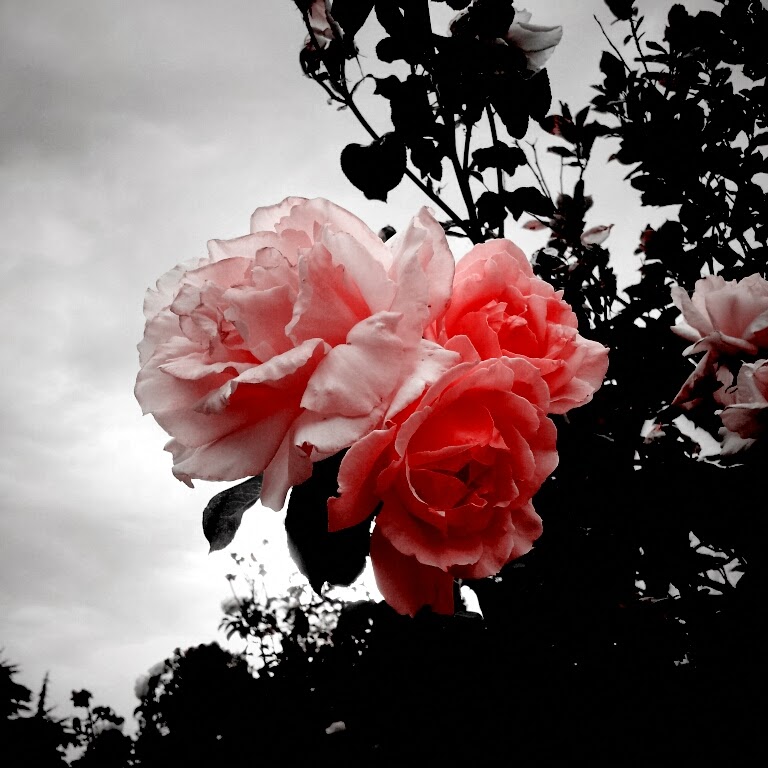A few hours ago I discovered that the 'Indian Architect & Builder' - a popular architecture magazine from India allows you to access several of its past issues online - they have been chronicled on issuu.com. Since I have not had the opportunity to keep in touch with any contemporary architecture happenings in India for the past two years, I decided to browse through a couple of published issues of the magazine. I looked through some of these issues noting the cheesy captions, reeled through the catchy images and skimmed through the texts. The subjects were all familiar - catchphrases, compositions and vocabularies - all presenting the chaos of representation within the field of architecture in India.
When magazines invite architects to write, they play lenient on their submissions by asking the in-house staff to not judge them for their writing. I have been a part of this process, and was asked by my editor to keep in mind that "they are not writers." However, the question, I feel is not about writing, but about the methodical deployment of an idea. Most architects in India work in a hybrid fashion drawing visual ideas from multiple sources, which tie together into their building designs inconsequentially and many a times unconsciously. I will not be able to point out specific examples, but if you take a look at the building plans, elevations and sections, along with the strategic ways in which their photographs are shot after their completion, you will immediately realize the predominant ideas influencing them. A trained historian will be able to critique it more efficiently.
The written language in which architects express themselves is inherently problematic. They do not necessarily deploy their designs in what we conventionally understand as "methodical", and thus considered that the making of architecture in India is much organic, constrained by multiple forces during the process of construction, where design decisions are continually changed and developed (as against western practices where designs are frozen and lived by till the end), it becomes inherently difficult to not only map these influences, but also make sense and rationalize much of the decisions verbally. I am making claims that I am not substantiating, for I will need to sit with an archive. But if one compares the representation of a particular project in text, image and captions, it is hard to put them together, for I believe that each of these are imagined through different streams of thoughts and directed to appeal different kinds of masses!
The interesting aspect is that over the past two years, I was trained to do all things methodically: the reading of a book, an image within the book as well as the text accompanying it. In addition, I was being taught to write methodically, step by step, considering and critiquing the images and its description in text. This has brought me to analyze the way images and text work with each other. There is an established discipline, a structure of appreciating or critiquing images, just like text. Thus I have gotten into the obsessive habit of analyzing image and text "methodically". Such jargon, ideally must be edited out of the magazine production house to maintain quality.
Probably I must specify that my observations are framed for and only IA&B, and I know the internal workings of the magazine for I worked with them for 4 months to understand their organization. But having said that, there are many good things that come out of the magazine once in a while. They, I am sure, try hard to bind architectural ideologies in India together into a coherent theme, but it fails them time and again. But what then should be an appropriate format for documenting architecture of a country that is so plural in its outlook that violates the linear form of the conventional book, a traditional serially organized magazine?
I think the format of the magazine is not fully able to capture the diversity of the architecture and architectural practice in India. It needs to be a scrap-book of sorts that has the feeling of the ephemeral, as well as the permanent - with pages of different sizes bound together, something having a childlike quality - within the framework of which naiive attitudes of building become innocent, and more playful to be engaged with? I am merely trying to think aloud a medium that will best capture the content of contemporary India in its structure. That will call for a structure that turns the chaos of representation into an intelligent artwork.











































